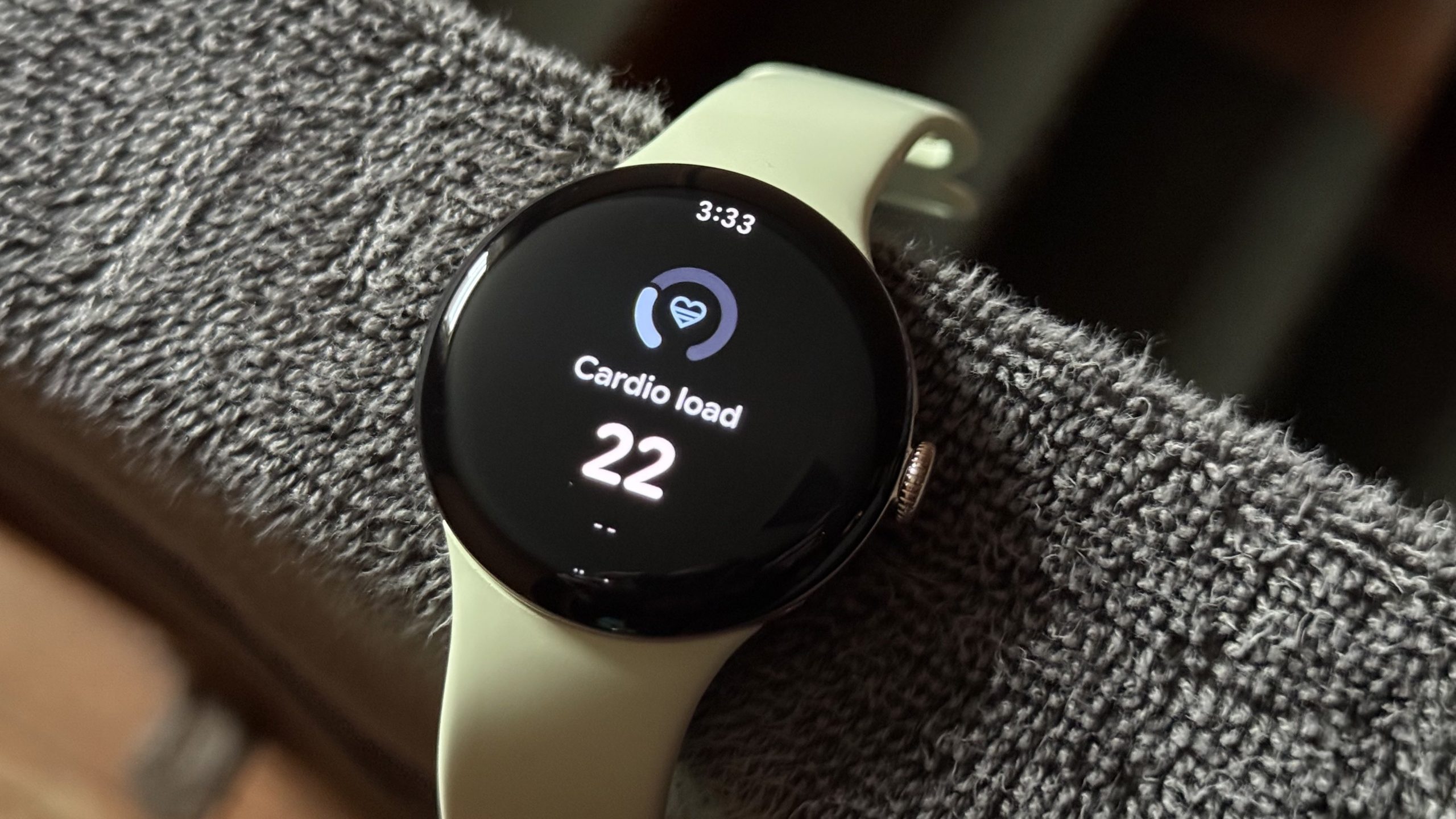Cardio load gets a major fix in the new Fitbit app, which Android users can test out starting this week in a “public preview.” (This is the same preview that gives you access to the AI fitness coach, which I tested yesterday, with baffling results.) Cardio load will now be tracked weekly, making it much easier for the app to make sensible recommendations.
What is (and was) cardio load?
The cardio load feature is Fitbit’s attempt to guide you in how much to exercise. Obviously a beginner shouldn’t jump into hour-long hard workouts right out of the gate, nor should a person training for a marathon slack off for no reason. Cardio load is an attempt to put a number on the amount of exercise that would be neither too much nor too little for you.
Plenty of athletes and trainers use some kind of model for exercise volume, whether it’s runners counting miles in a spreadsheet, or a coach going by their gut and saying “let’s take it easy today.”
Fitbit uses a hilariously-named TRIMP approach (“TRaining IMPulse”), where every minute with an elevated heart rate counts toward your cardio load, with higher heart rates counting as more effort. I have more on this calculation here.
Why cardio load was confusing
The idea sounded good: Fitbit would calculate how much cardio load you should aim for each day, based on how much exercise you’d been doing. You could tell the app whether you wanted to increase your fitness, or just maintain the fitness you have, and it would adjust its numbers accordingly.
But for a lot of people, the numbers never made sense. The numbers would fluctuate from day to day, often mismatched with what a person’s history and health actually called for. Many users found that the recommended cardio load went up and up, and rest days brought warnings of undertraining.
A sampling of Reddit threads from r/fitbit include titles like “Cardio load baffles me,” “Cardio load, I hate you,” “Cardio load unrealistic,” “Cardio load is not just wrong, it’s dangerous,” and “Fitbit, either fix cardio load or scrap it.”
Why the new feature may be better
Credit: Beth Skwarecki/Fitbit
Google explained that it’s implementing a fairly simple fix—calculating cardio load recommendations by the week instead of by the day. The cardio load calculations themselves won’t change at all.
After all, it’s normal to have hard days alternating with easy days or rest days, and any load management guidance should be able to handle that. Google also points out that your background activity level (like how much you walk when you go grocery shopping) also adds to your cardio load, and that also makes day-to-day recommendations hard to follow.
The new version of the Fitbit app now shows a big donut on the top of the screen with your progress toward your weekly goal. With a couple of quick runs, I’m now 41% of the way toward my weekly target. There’s even a graph showing where my target is versus what it considers “overreaching.” This makes a lot more sense.
